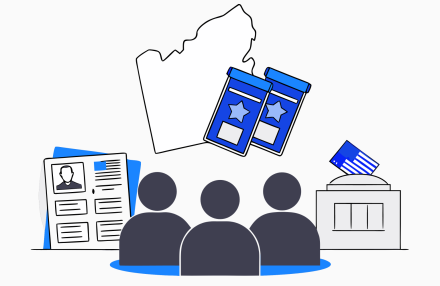A Wasilla-based Republican legislator has put forth a proposal to legalize certain forms of gambling on Alaska Marine Highway System vessels, aiming to bolster the operating revenue for the state-run ferry system. The legislative offering, House Bill 197, presented by Rep. Jesse Sumner, outlines the inclusion of Vegas-style slot machines and other electronic gambling options, drawing inspiration from the revenue-generating approach employed by riverboat casinos in the Lower 48 states. Despite encountering skepticism during its initial hearing, with legislators scrutinizing the financial viability and experts expressing implementation challenges, the bill envisions a similar offshore model to that of cruise ships operating casinos beyond a 3-mile threshold when visiting Alaska. Cody Rice, an aide aligned with the Alaska House’s coalition majority, envisions that the proposed bill could generate upwards of $20 million annually, significantly alleviating the net costs incurred by the Alaska Marine Highway System. Joseph Lurtsema, an aide to Representative Jesse Sumner, expressed optimism, stating that the bill would be a victory for the Legislature, the ferry system, and most importantly, Alaska. Despite these positive outlooks, some legislators have raised immediate questions. Representative Louise Stutes, an ardent advocate for the ferry system from Kodiak, highlighted that most of the ferry routes operate within three miles of the shore, limiting the applicability of the proposed gambling measures. Craig Tornga, the marine director of the ferry system, echoed this sentiment, emphasizing the selectiveness of routes where the proposal would be relevant. Beyond three miles offshore, state ferries currently navigate specific routes, such as those connecting Kodiak Island to the mainland, voyaging to Dutch Harbor, traversing the Gulf of Alaska and certain locations within Prince William Sound, according to Craig Tornga, the ferry system's marine director. This geographical limitation significantly diminishes the potential earnings from gambling, contrasting with Cody Rice's estimate, which factored in national average gambling participation and ferry ridership. To overcome this, Rice suggests potential strategies like rerouting sailing paths beyond the 3-mile threshold and introducing new routes. He posits that some individuals may choose ferry travel solely for the gambling experience, akin to practices in the Lower 48. Despite the $20 million-per-year estimate being labeled as conservative by Rice, Tornga introduces a practical challenge. Many of Alaska's ferries, originating from the 1960s, might lack the electrical capacity needed for numerous slot machines or other gambling devices. Tornga underscores the necessity to assess requirements given the technological advancements and changes in passenger needs since the ferries' construction. He also emphasizes that making substantial alterations to the ferries necessitates approval from the US Coast Guard and the American Bureau of Shipping, underscoring the regulatory hoops the proposal must navigate. In addition to these regulatory considerations, proposed changes to Alaska's gambling laws may encounter resistance from existing gambling establishments within the state. Legislators expressed awareness of potential opposition from numerous pull-tab parlors that channel their proceeds to nonprofit organizations and Native tribes. Past attempts to amend gambling laws faced lobbying resistance from the pull-tab industry, and Rep. Sarah Vance, R-Homer, acknowledges the potential challenges this might pose.
More news
Michigan plans to review its gambling rules as online gaming revenue keeps rising across the state. Regulators aim to check if current laws still fit a market that grows fast, draws major income, and raises new oversight concerns.
Dec 09, 2025

